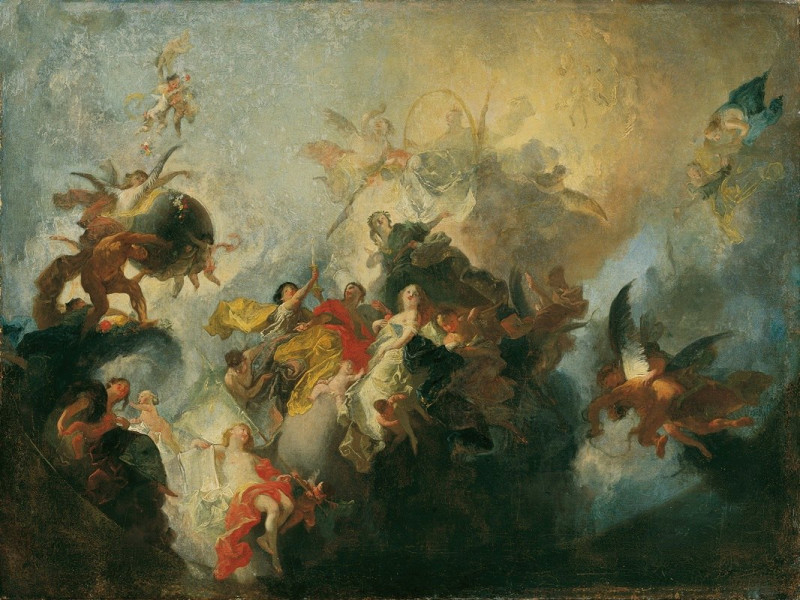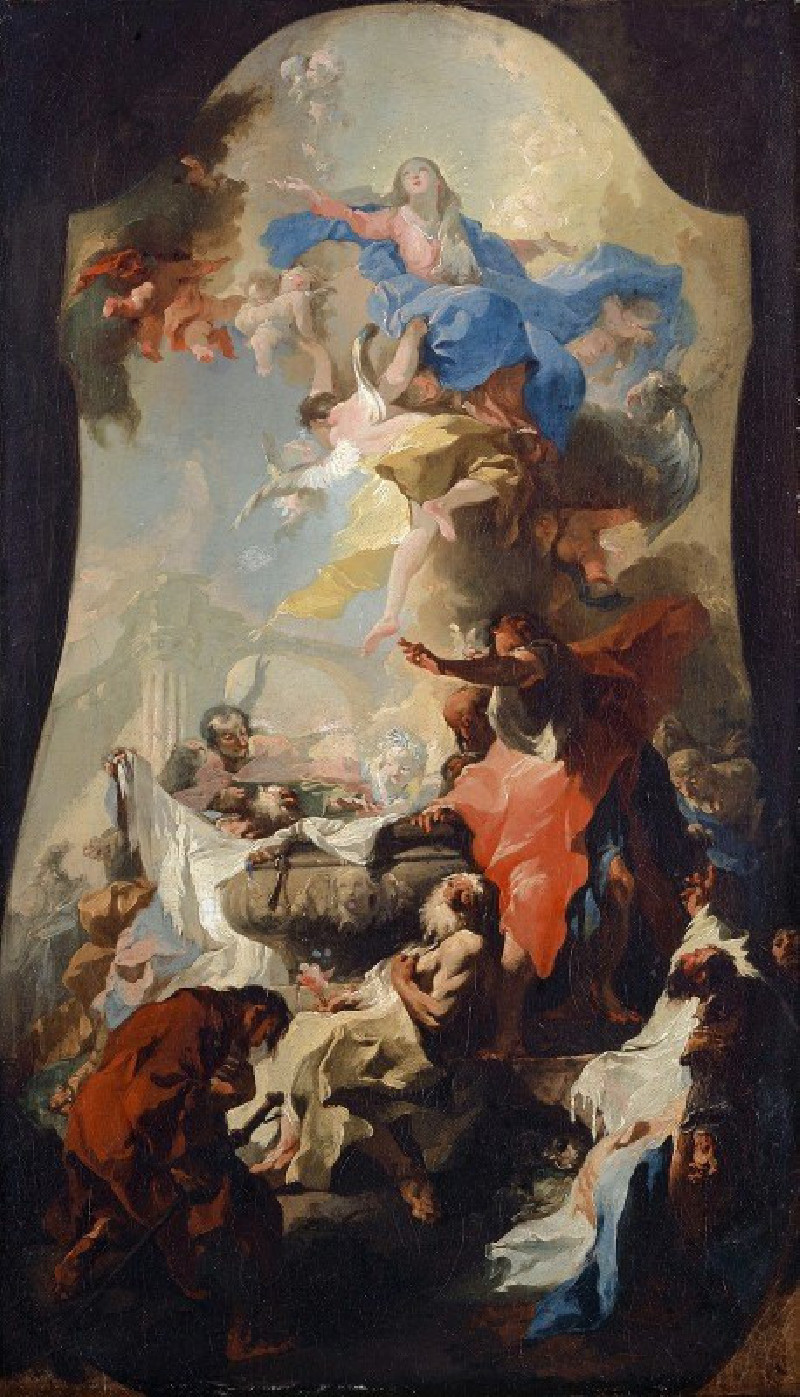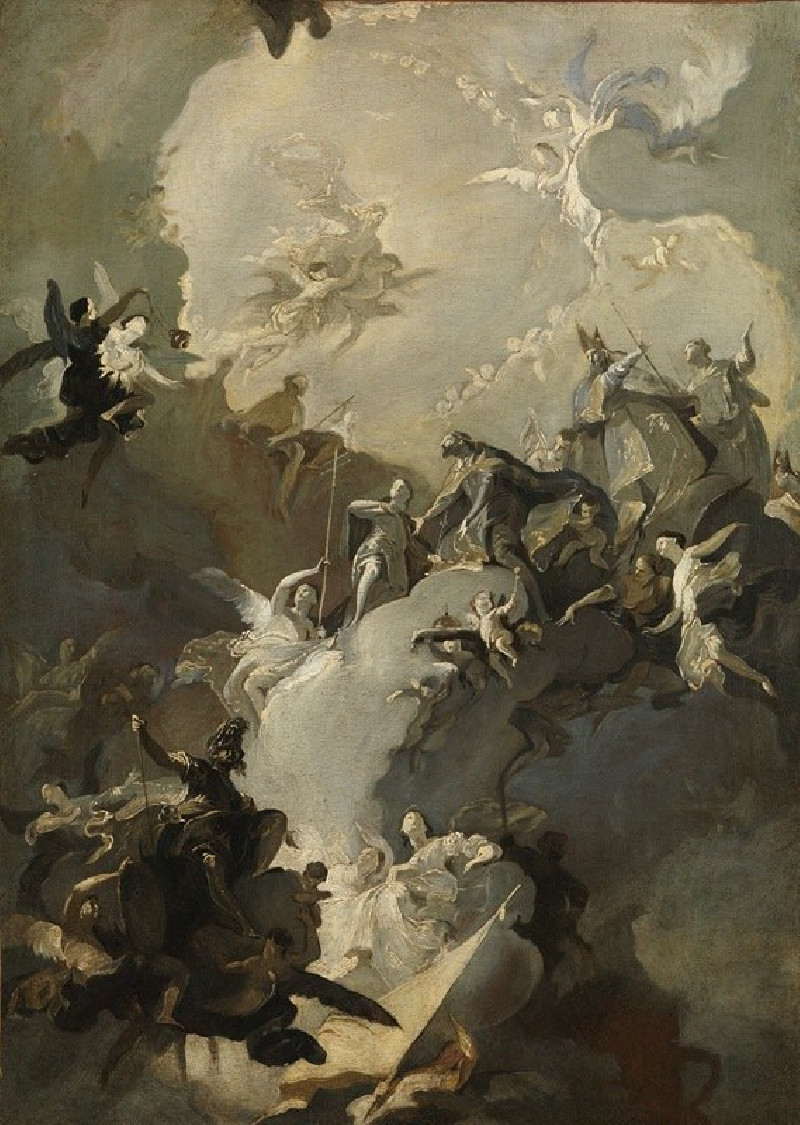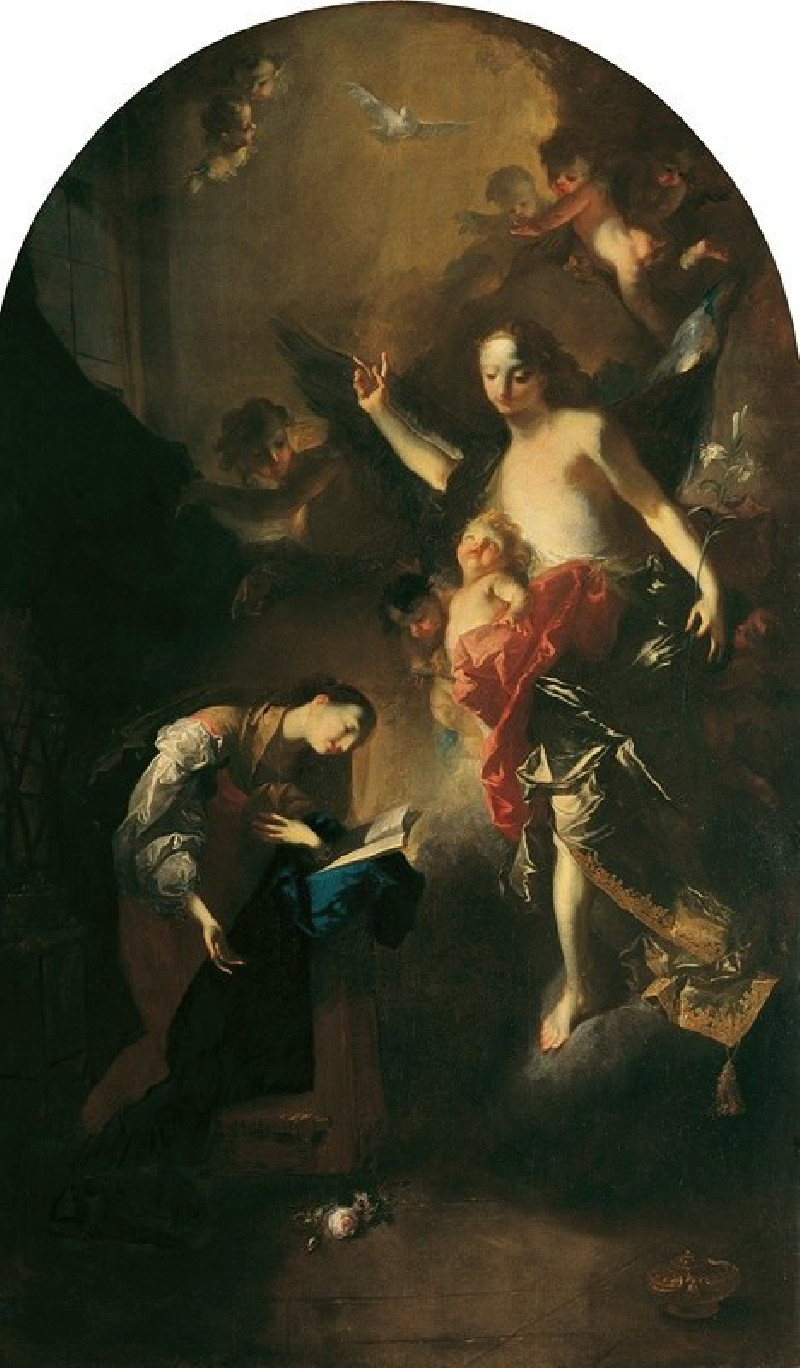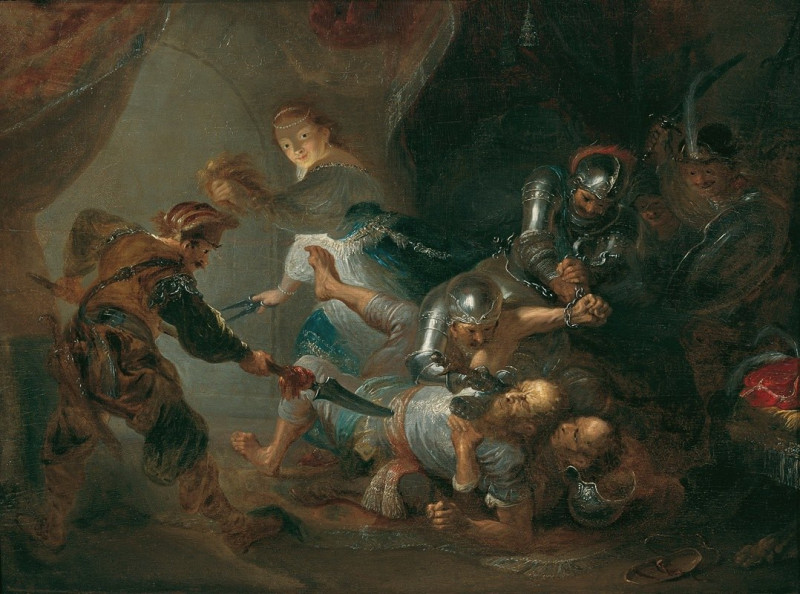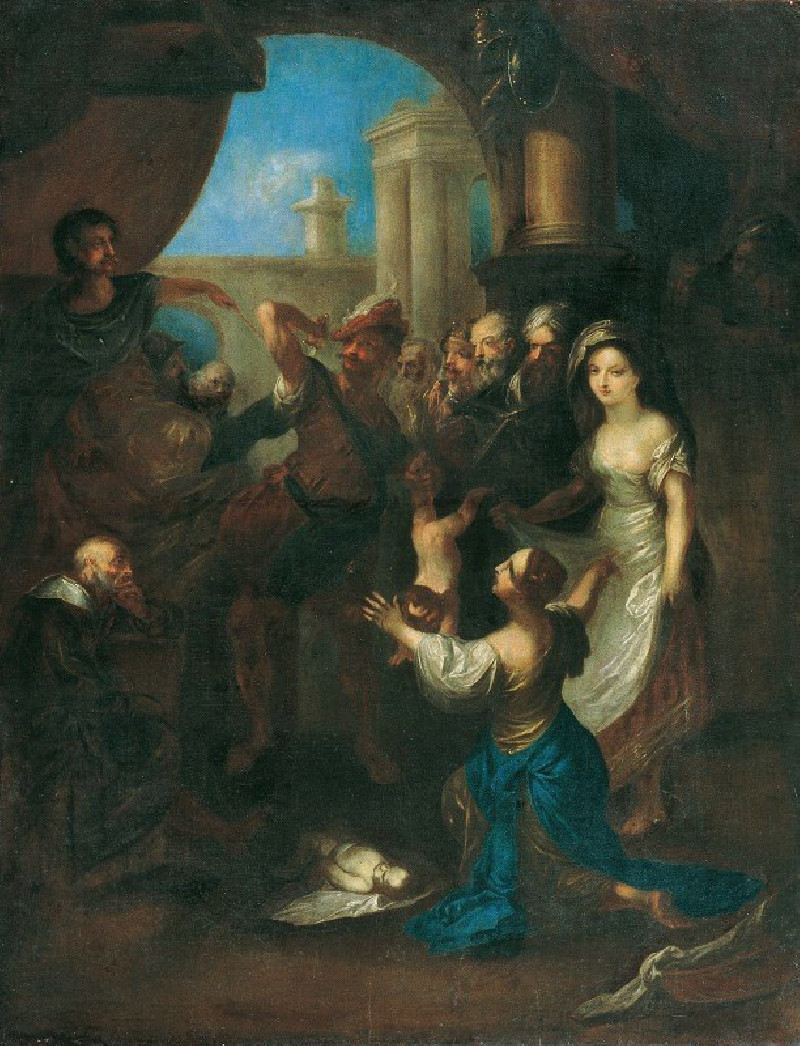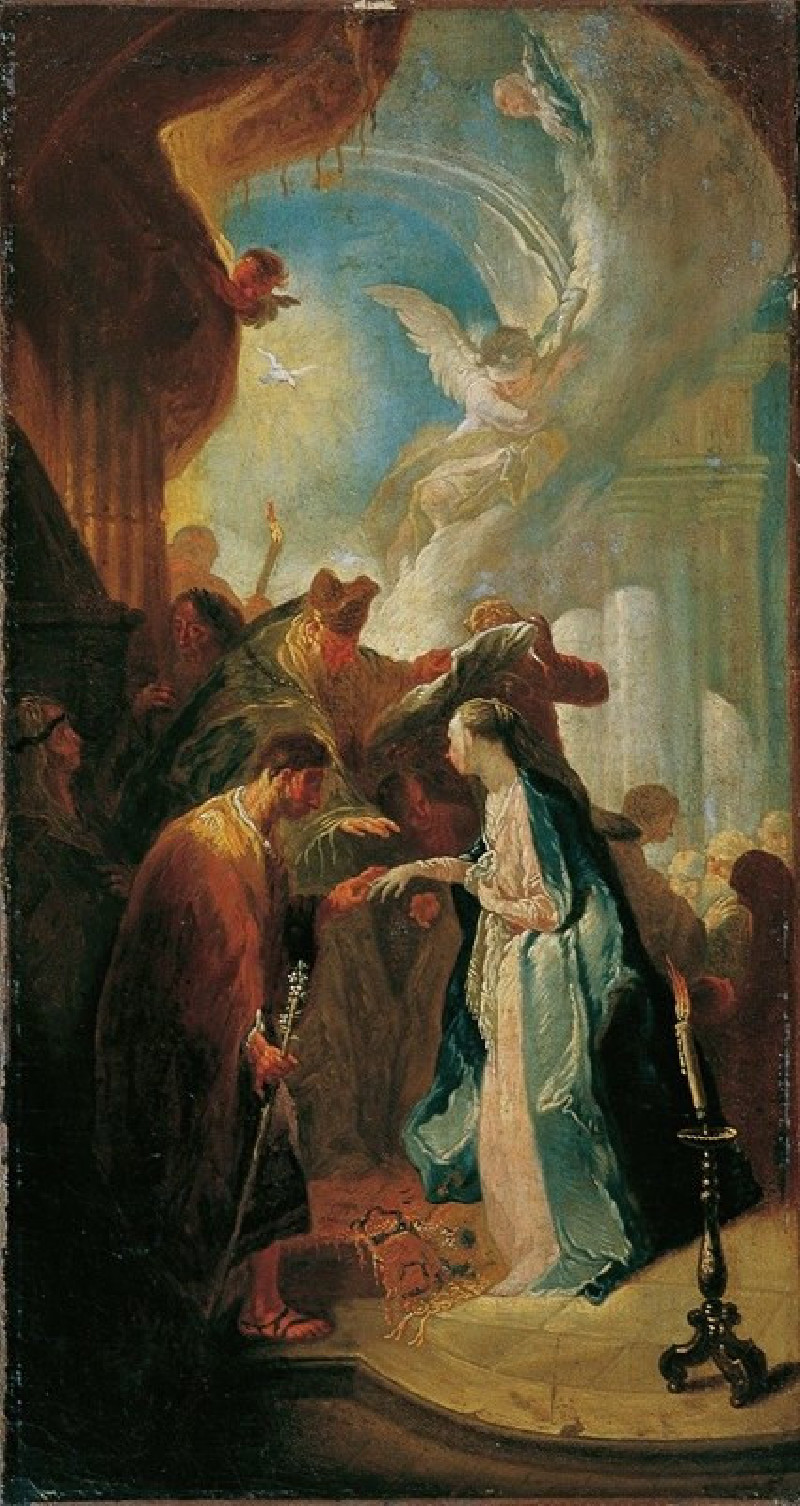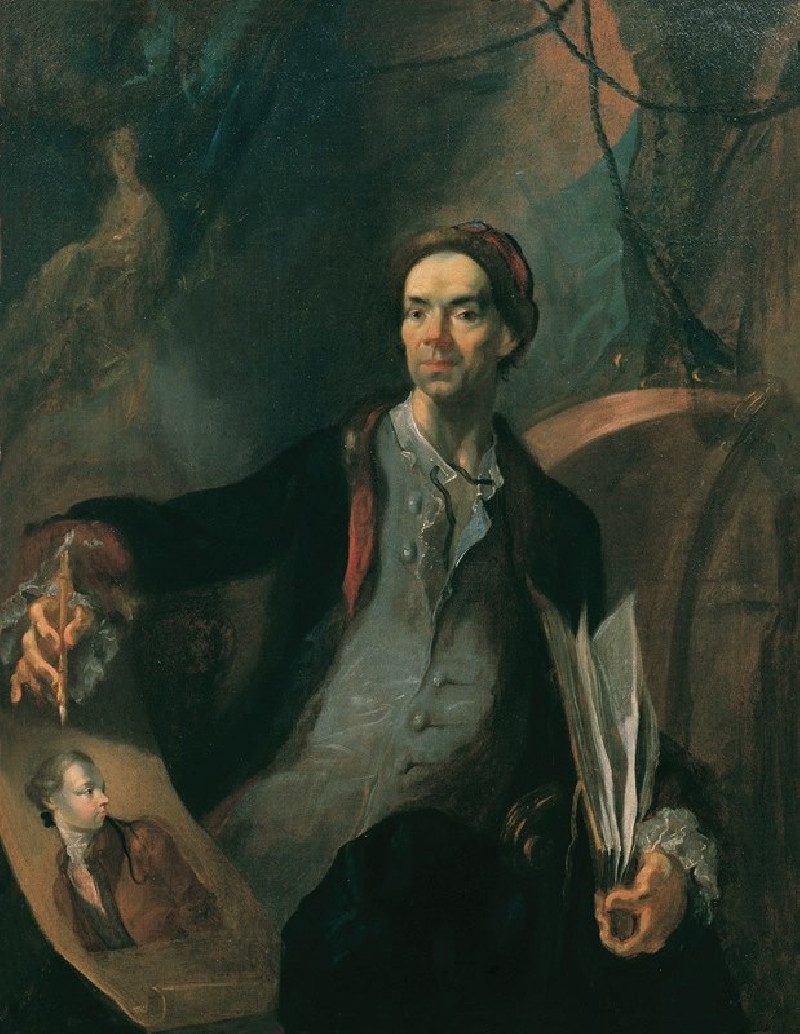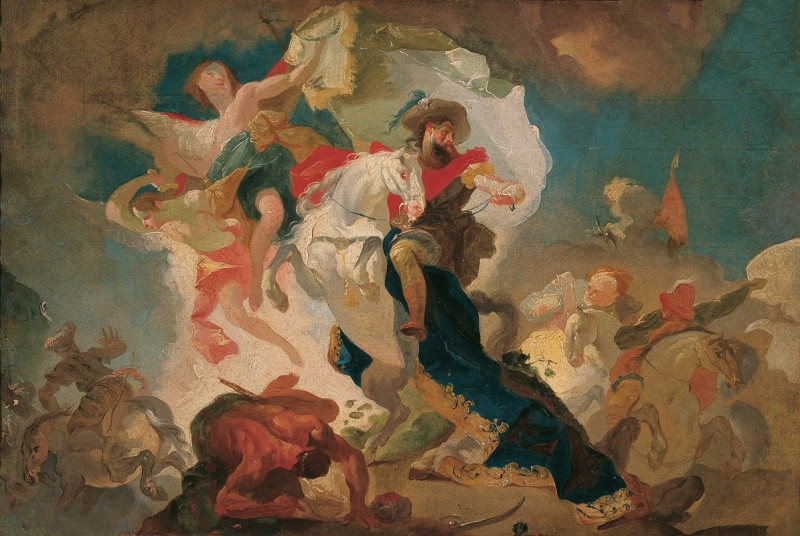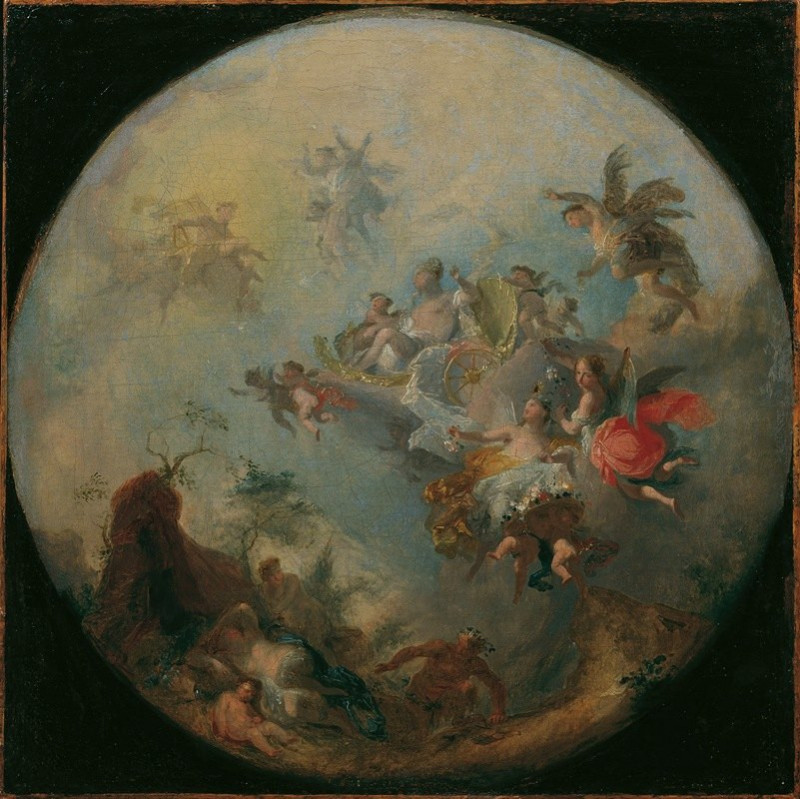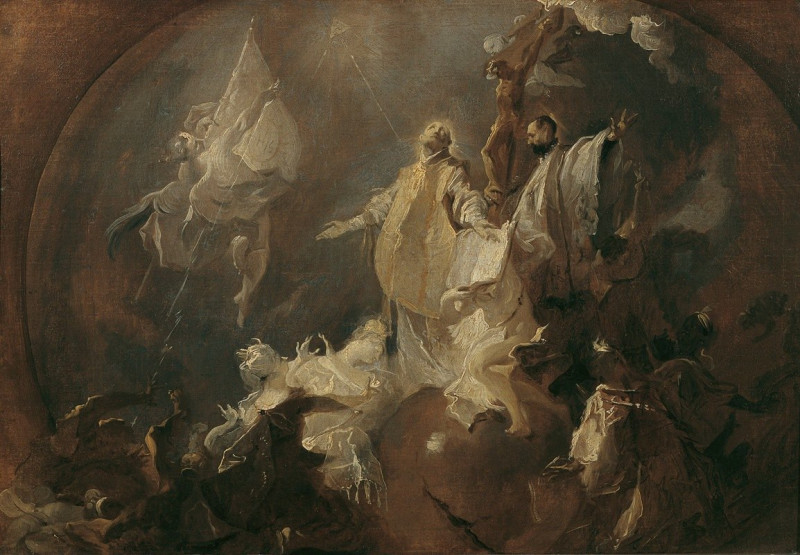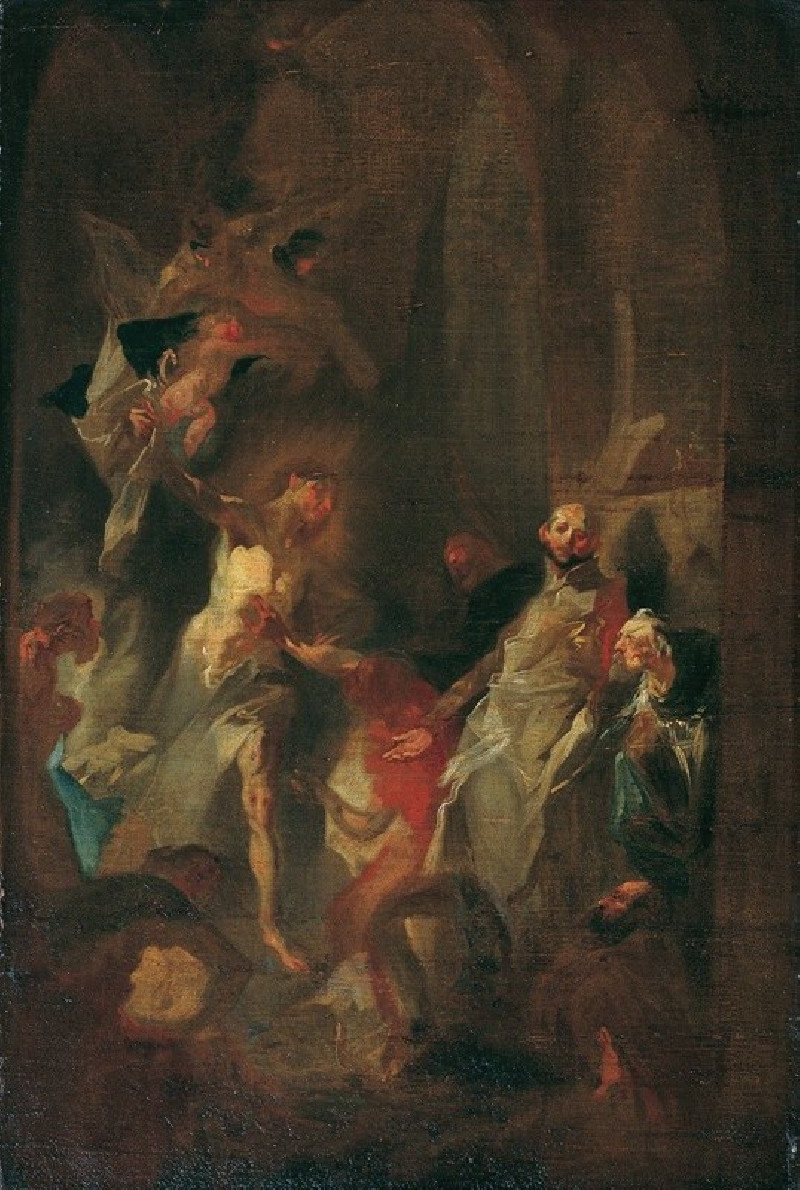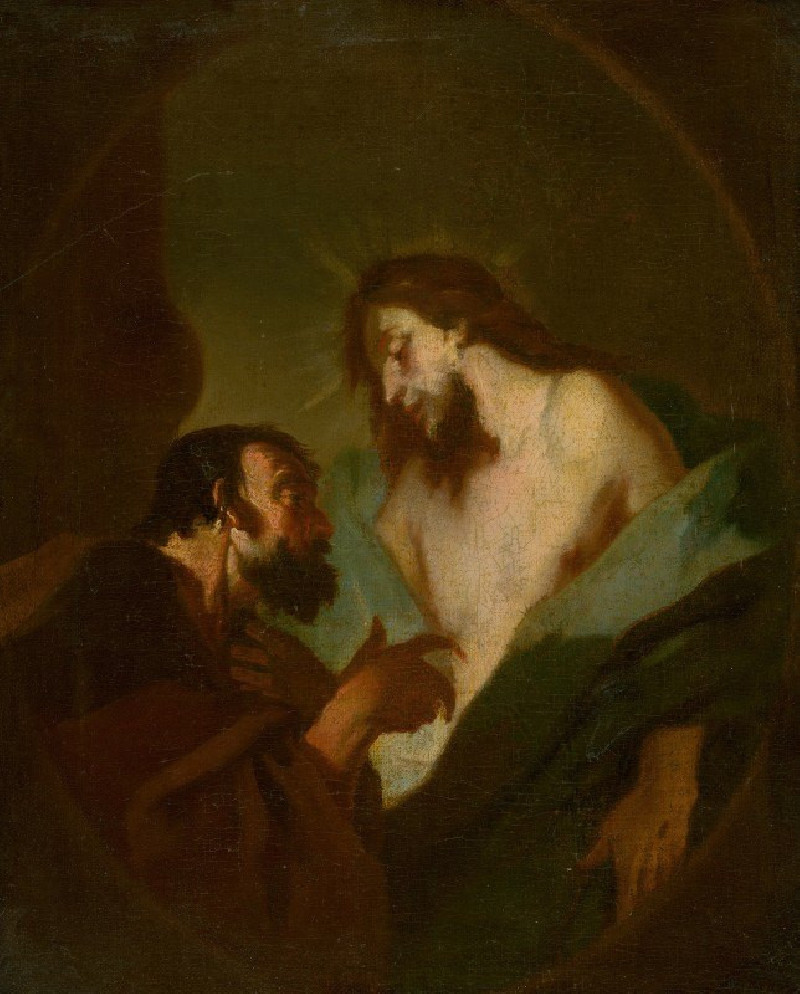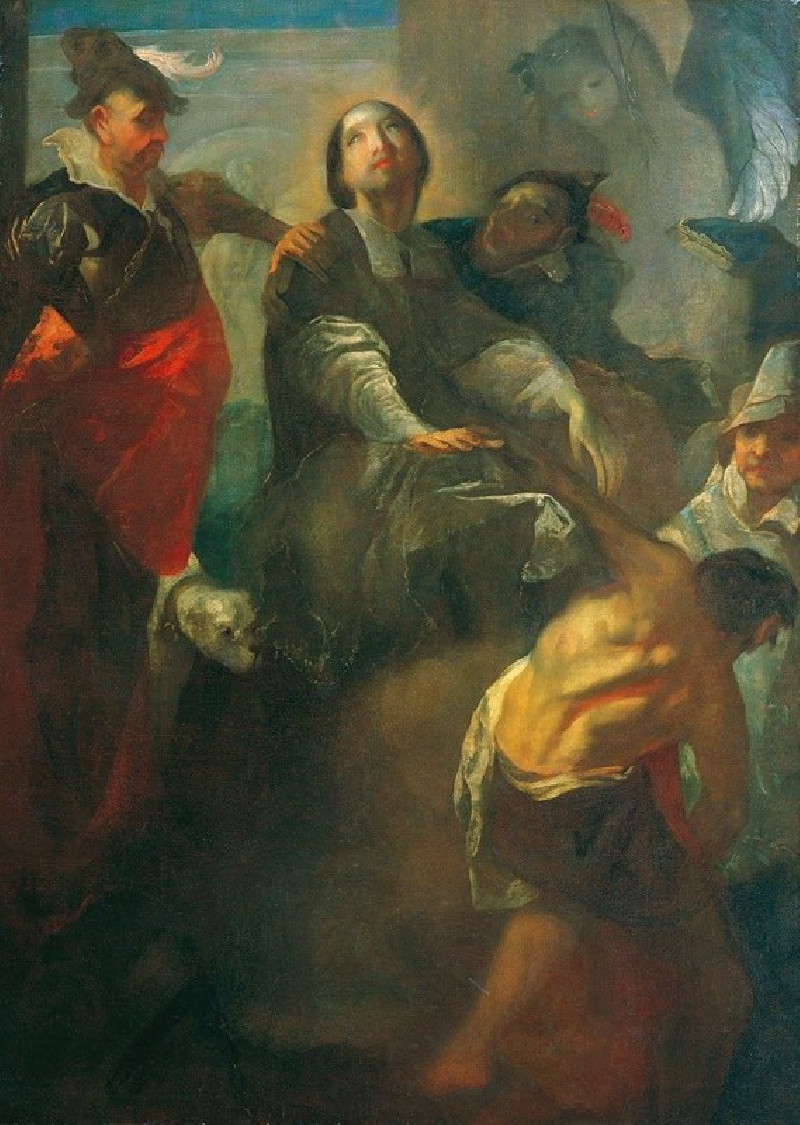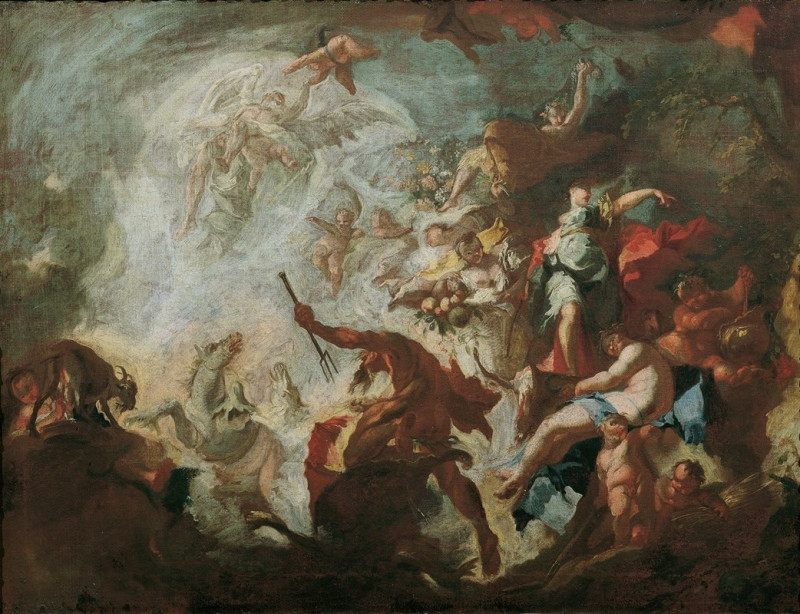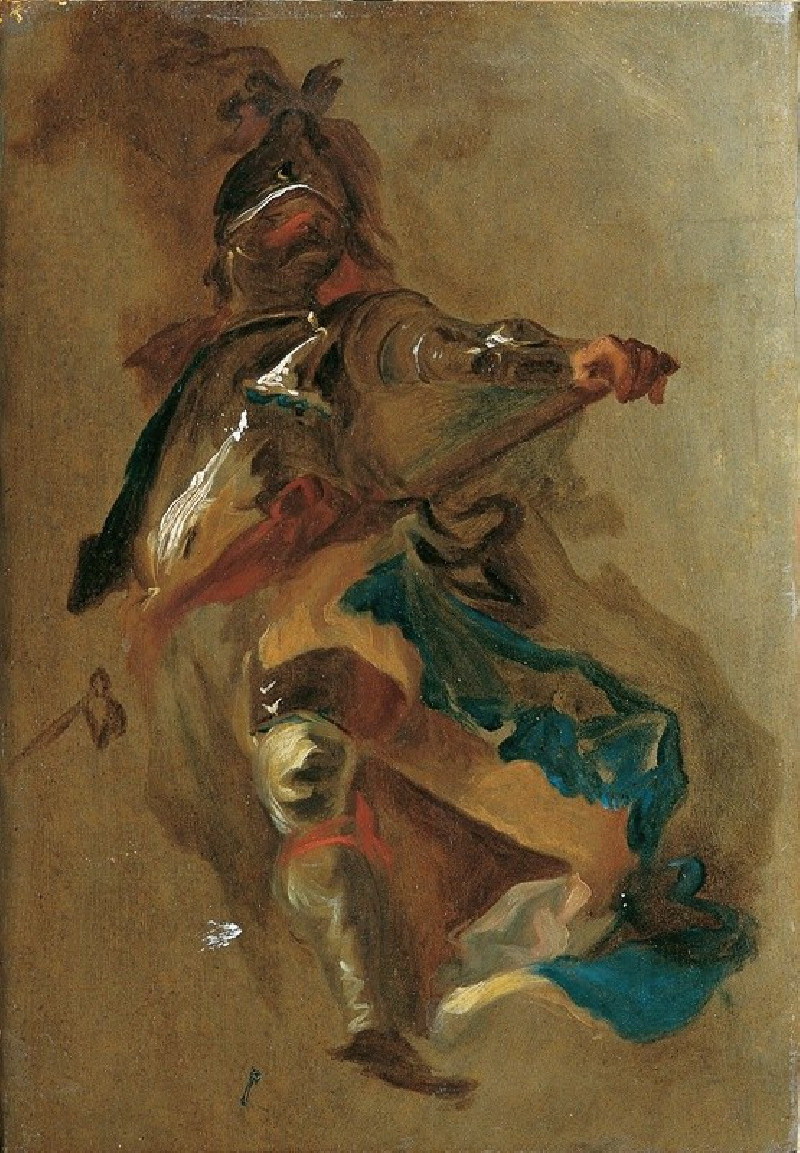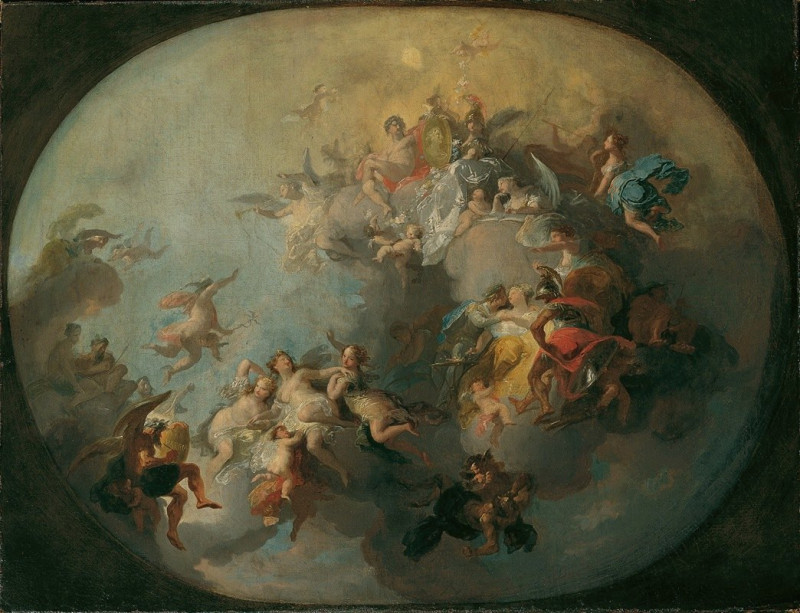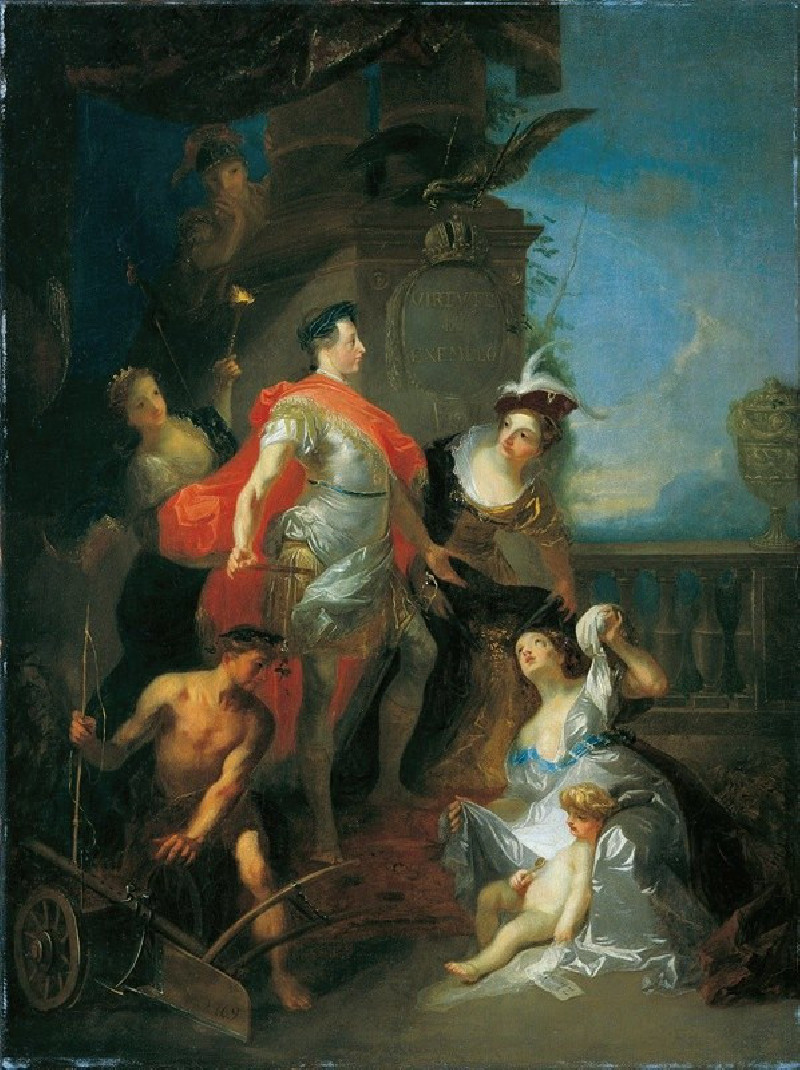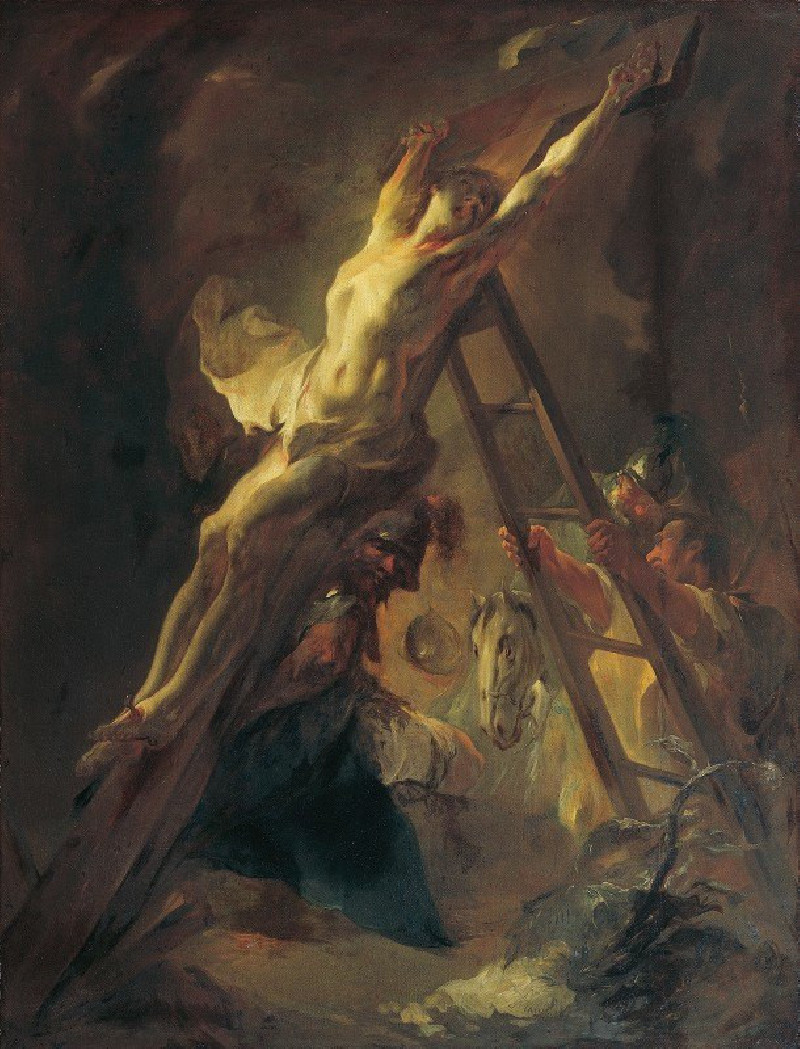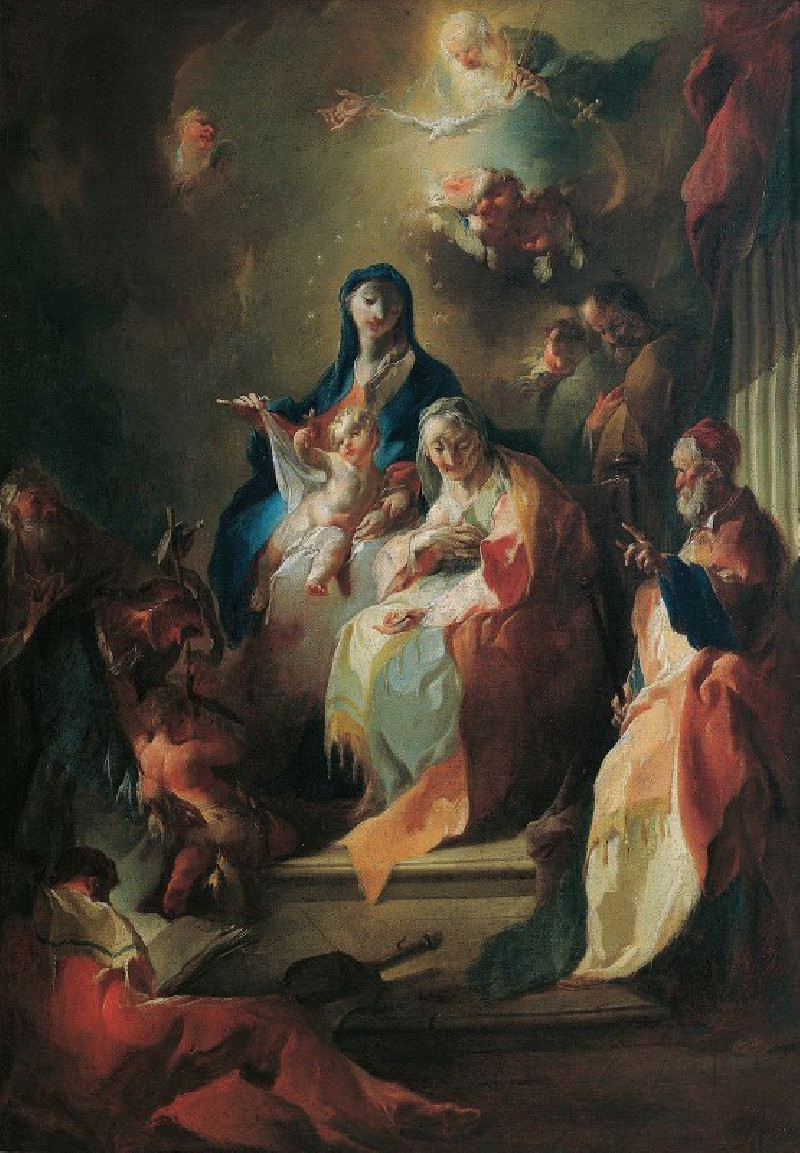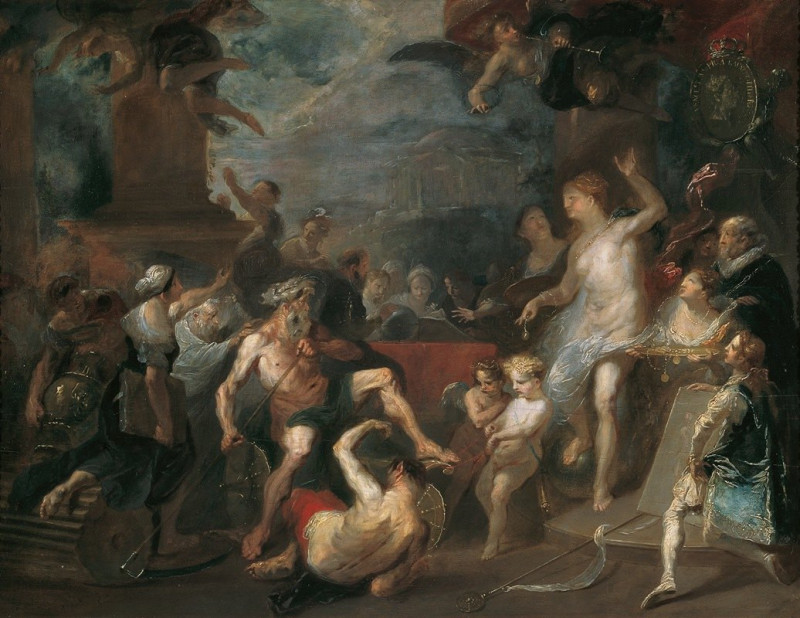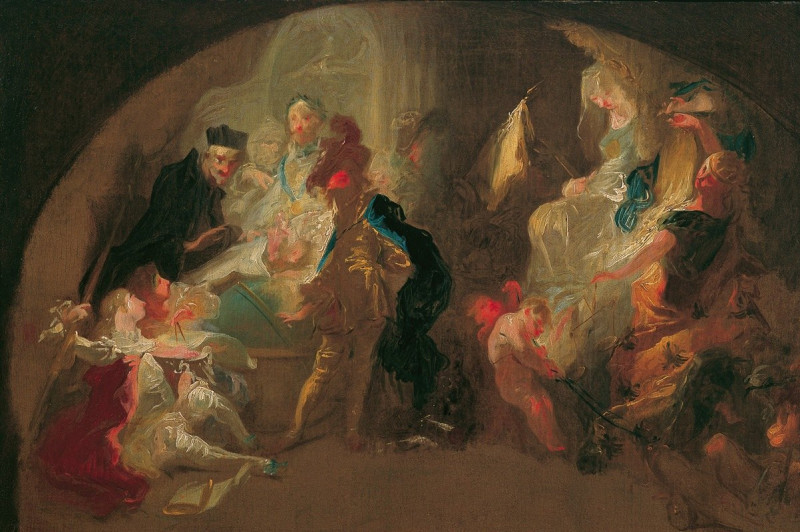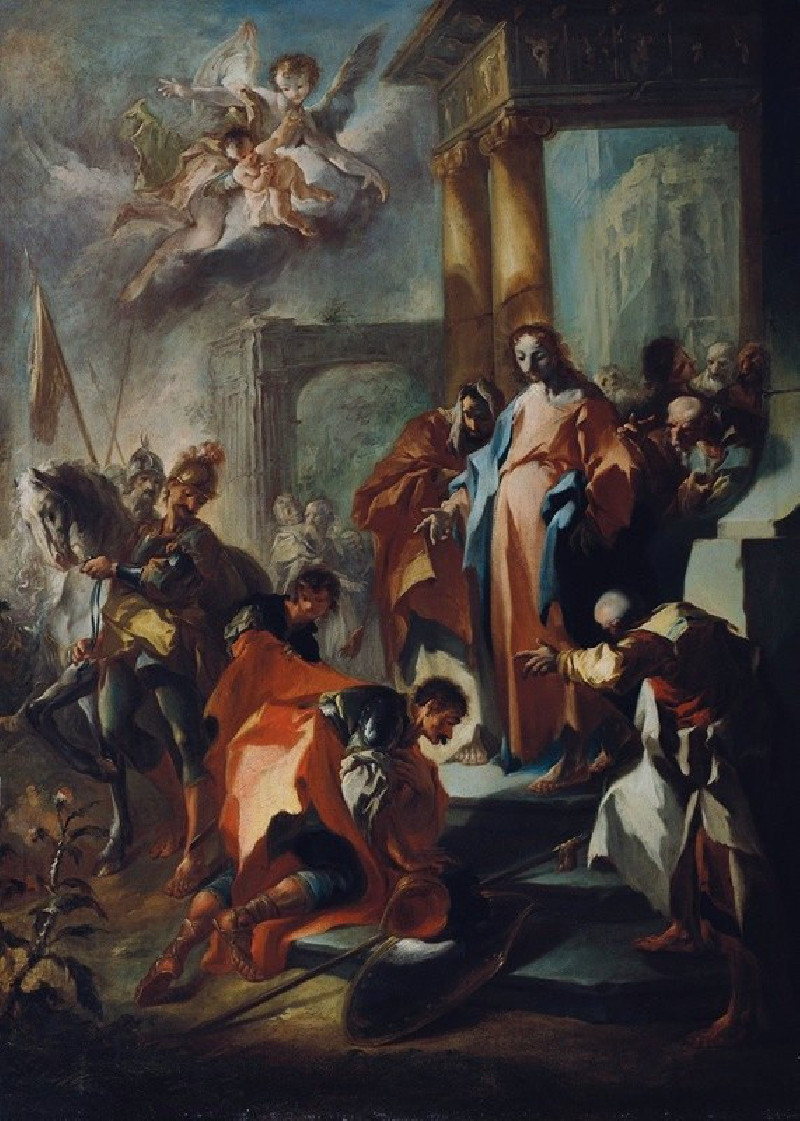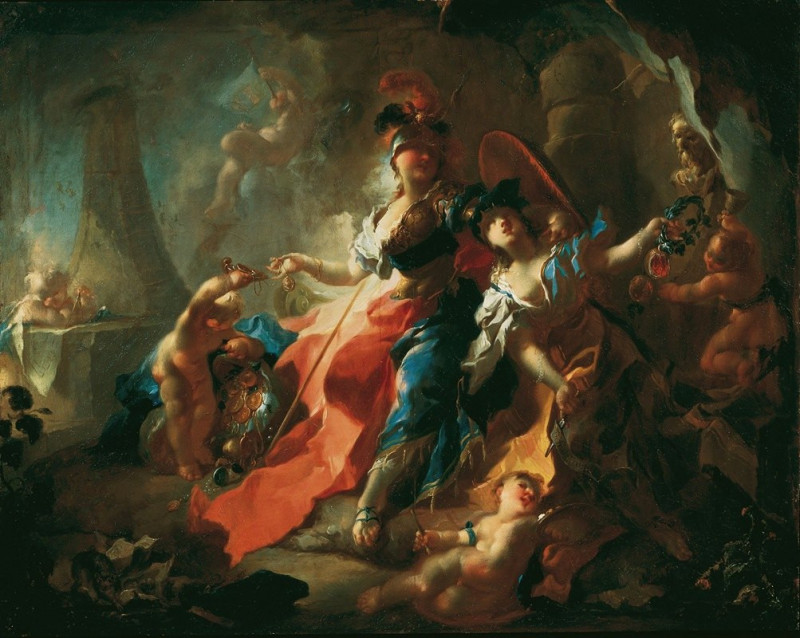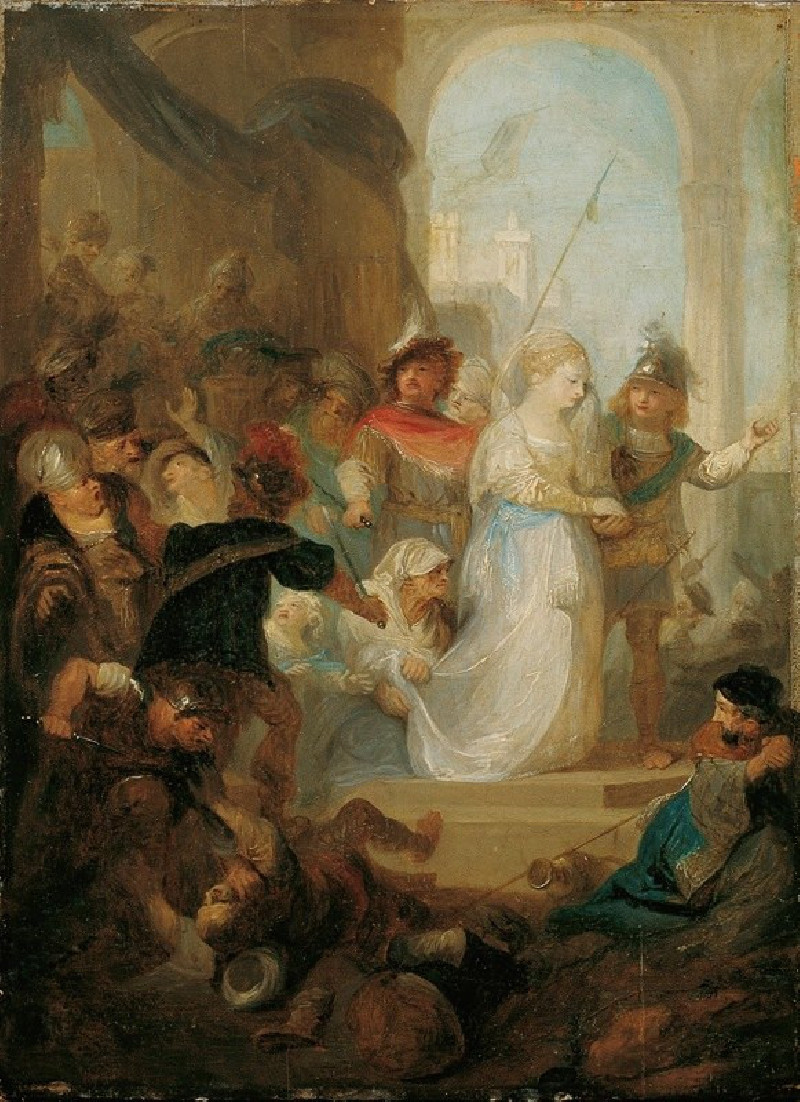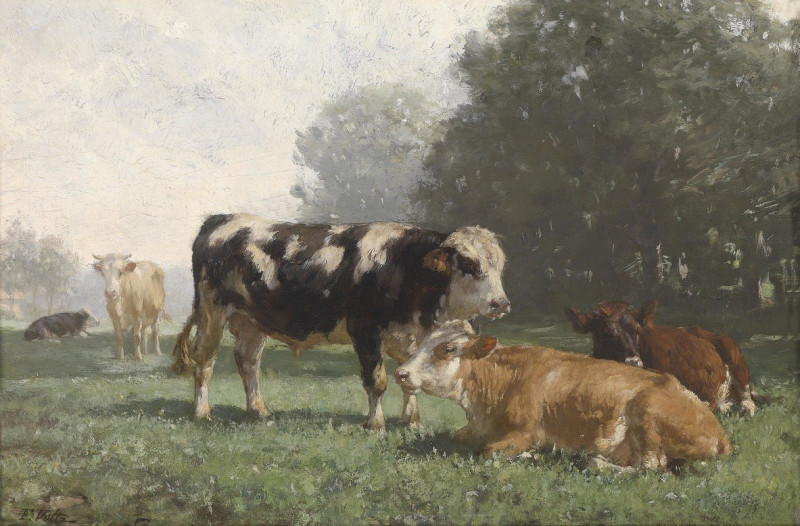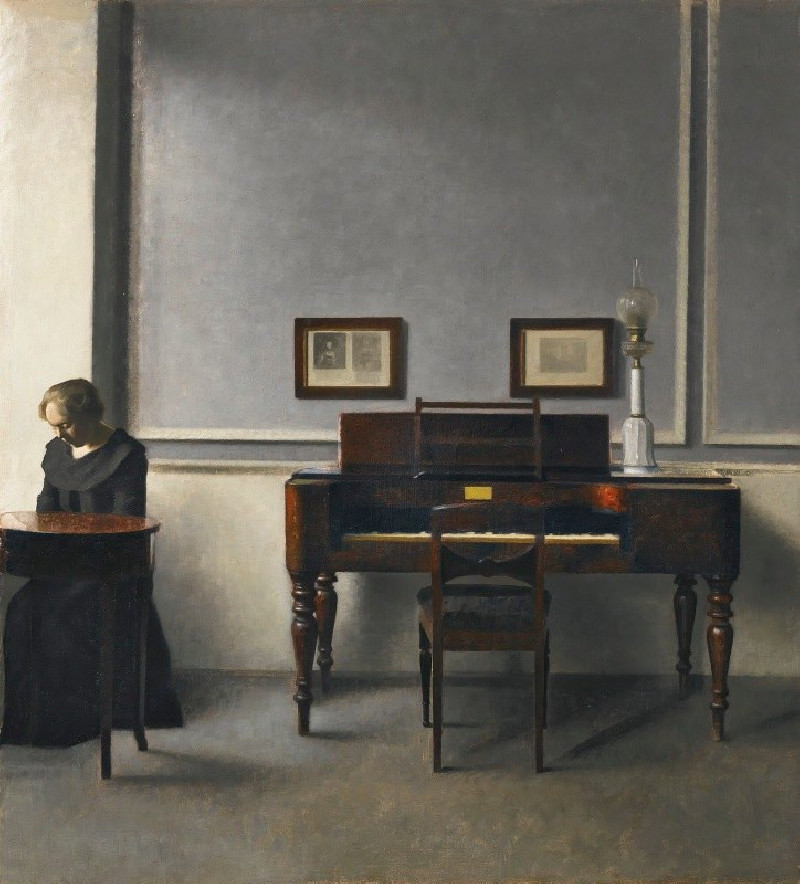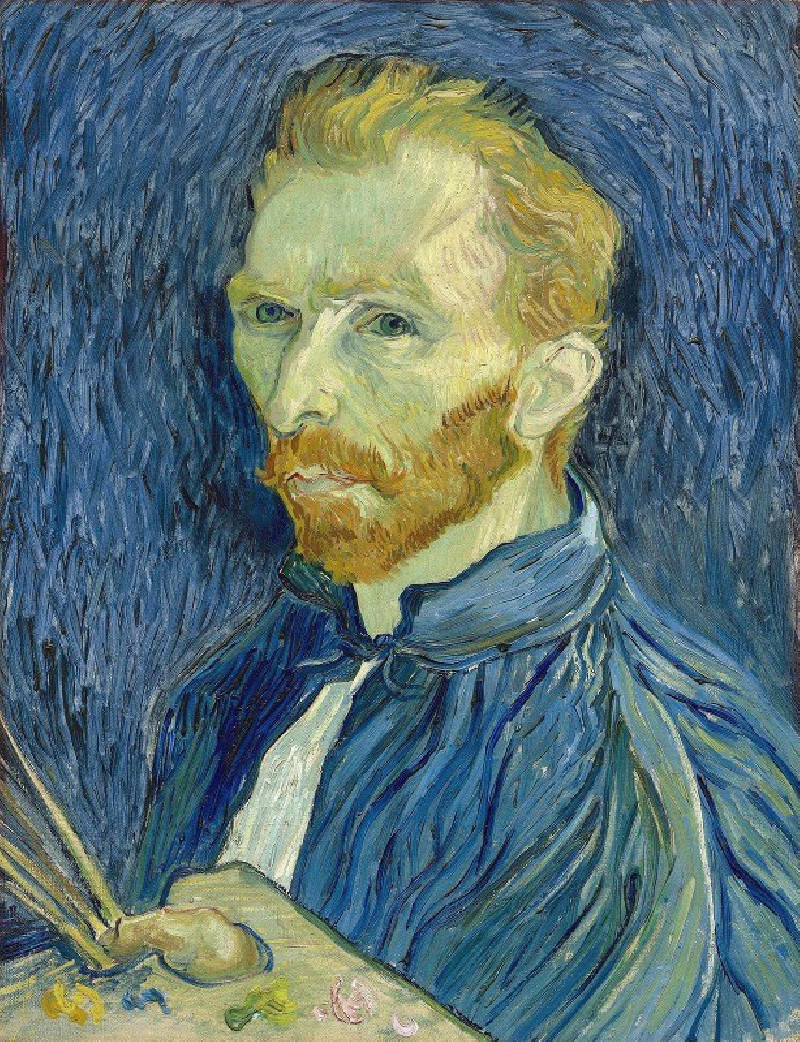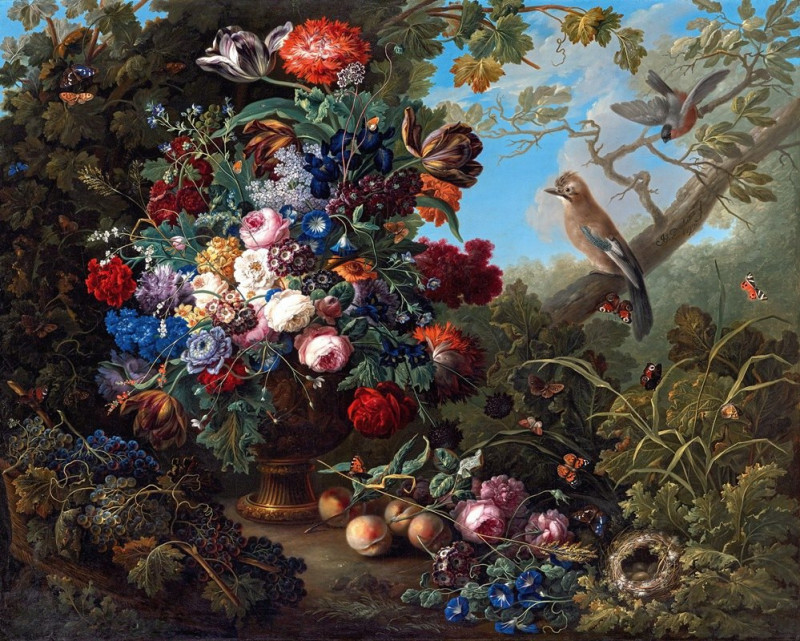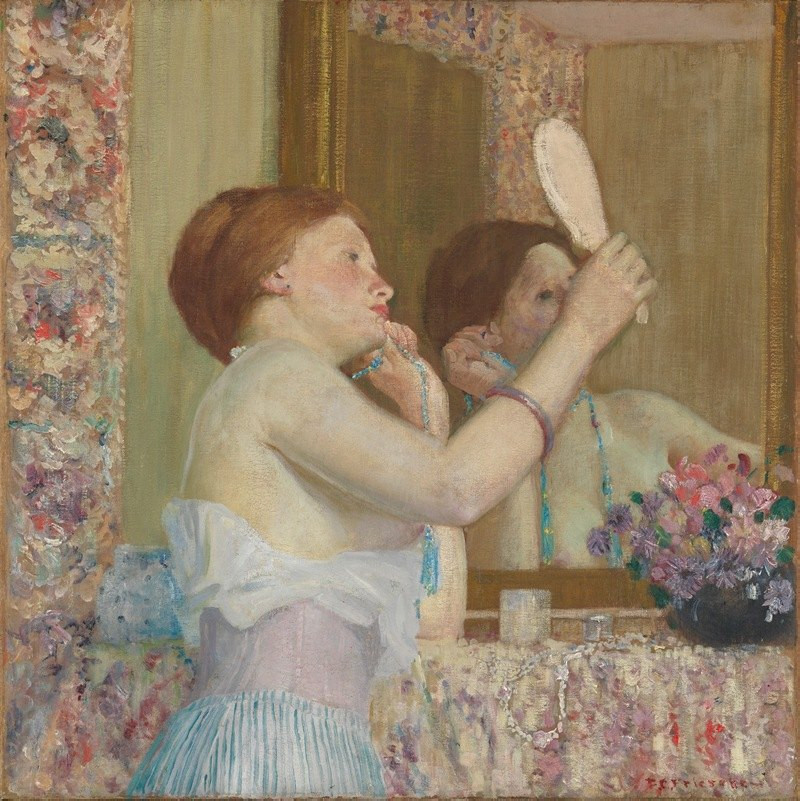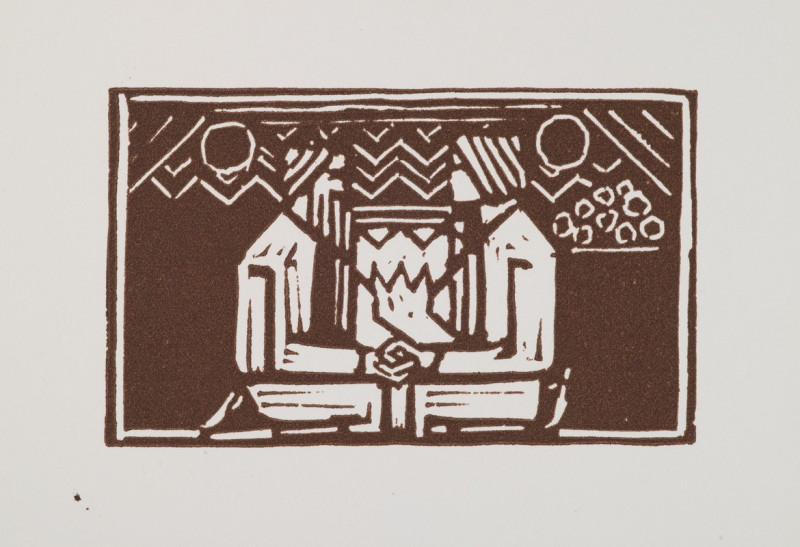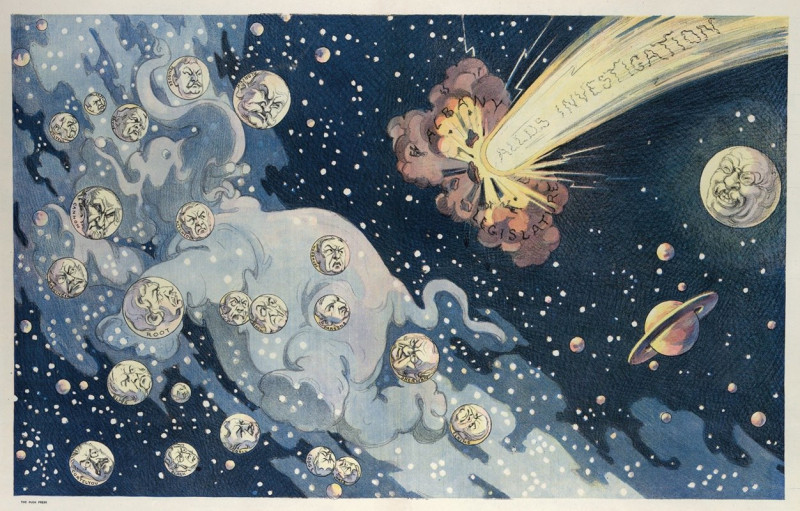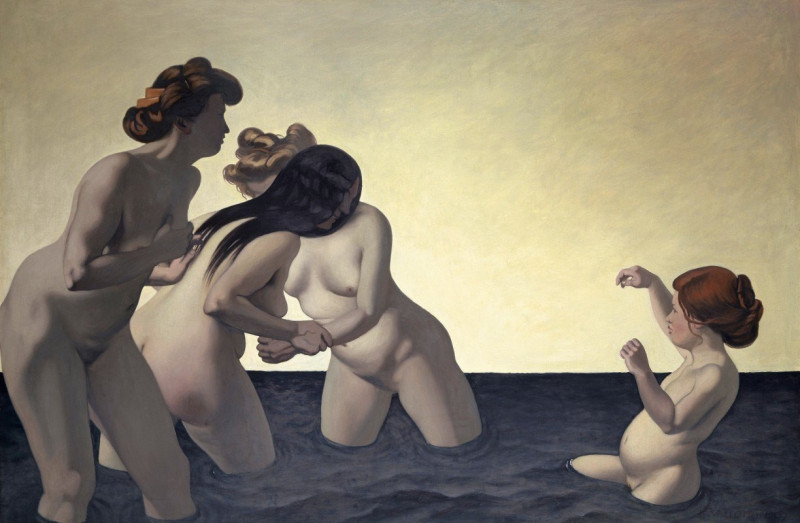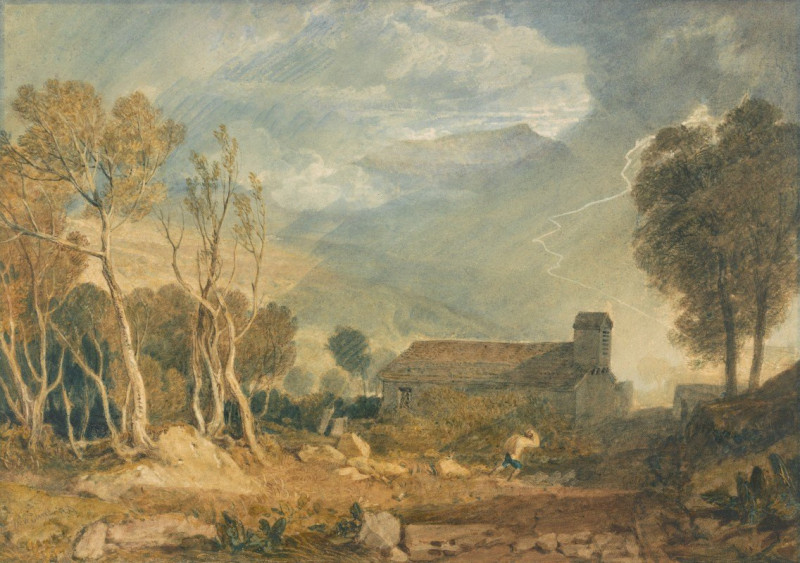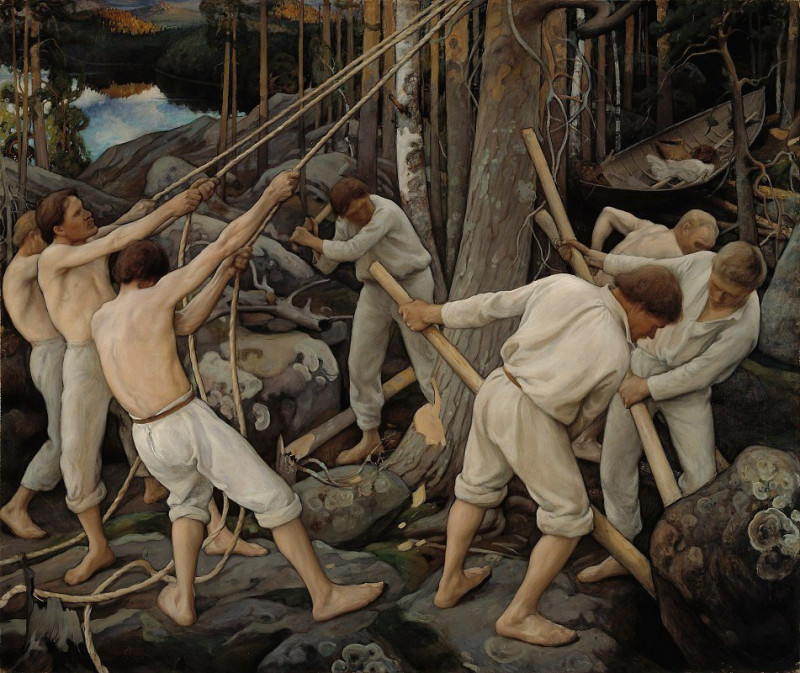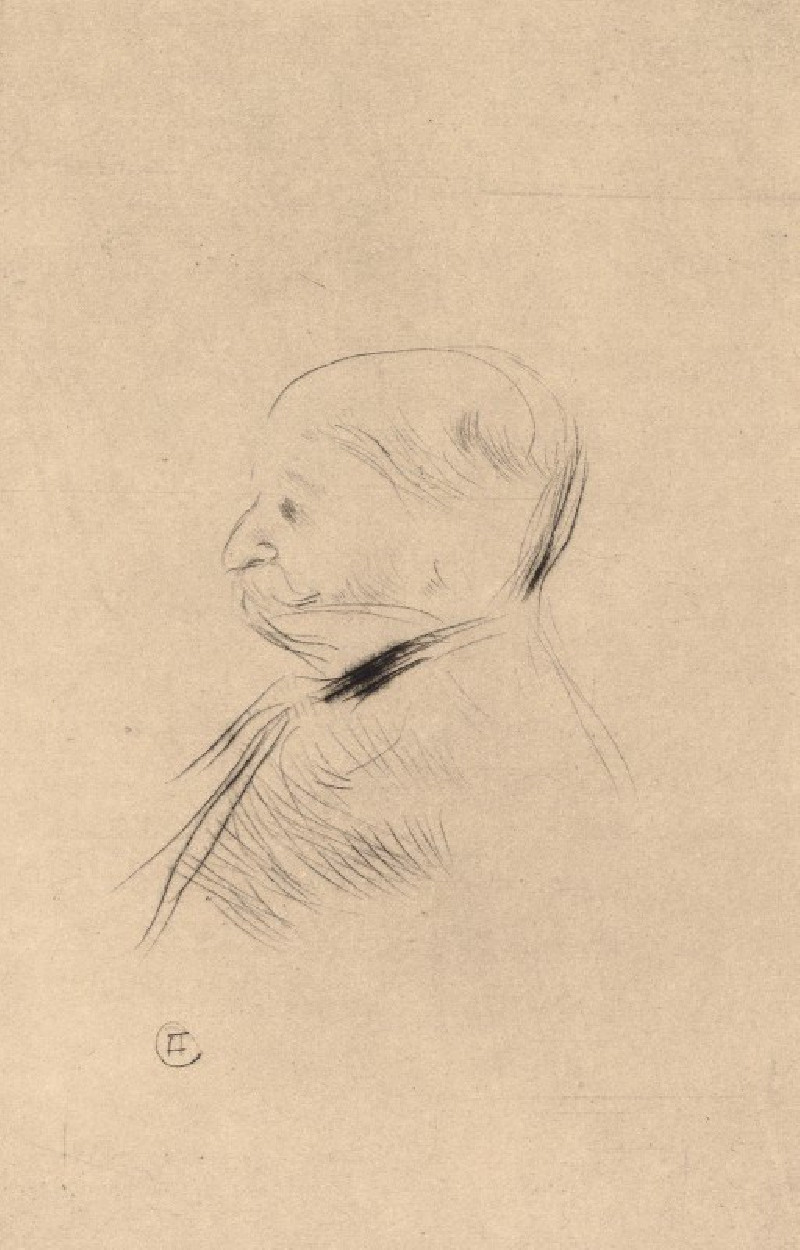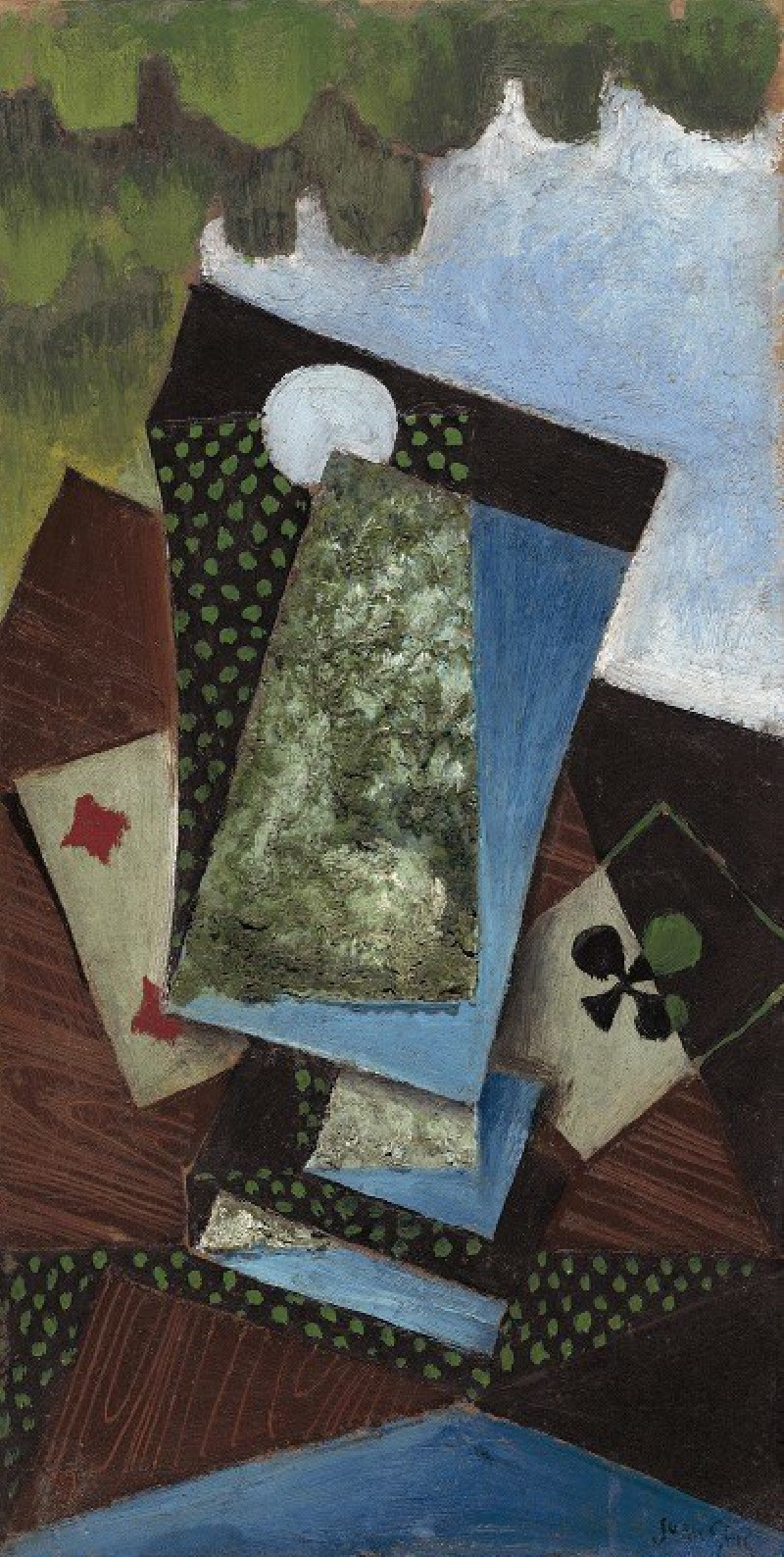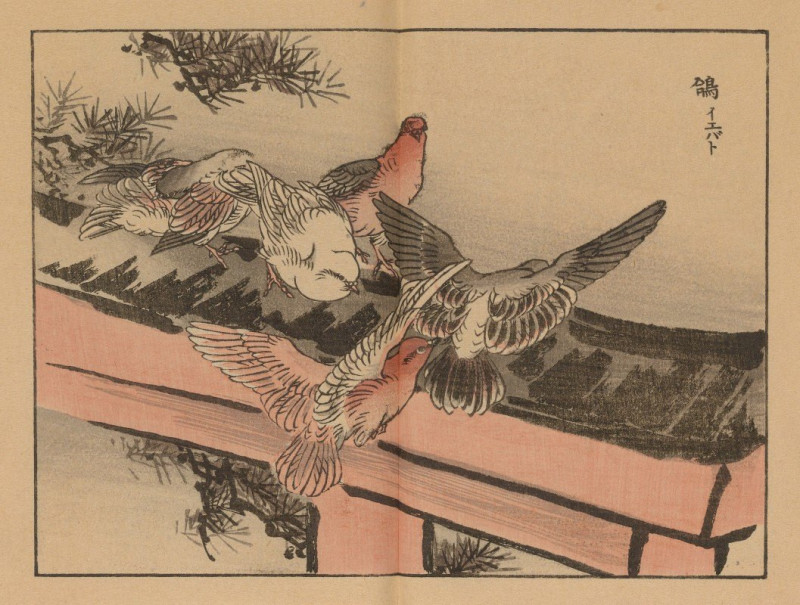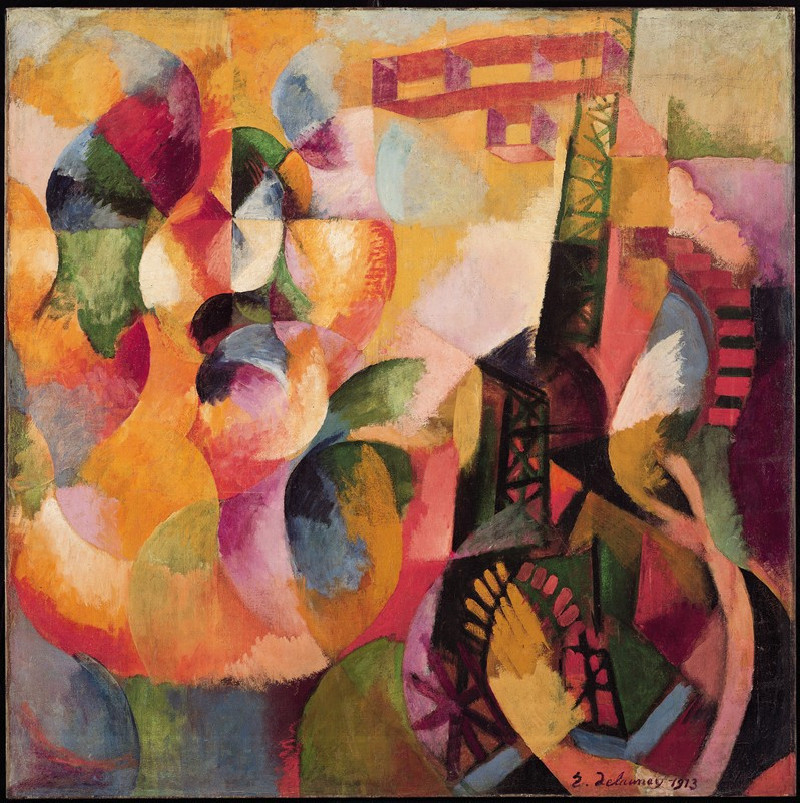Die göttliche Vorsehung und Tugenden (1765)
Technique: Giclée quality print
Recommended by our customers
More about this artwork
Franz Anton Maulbertsch's 1765 masterpiece, "Die göttliche Vorsehung und Tugenden" (The Divine Providence and Virtues), presents a vivid tableau brimming with dynamic movement and celestial drama. This painting is a splendid manifestation of Rococo art with its elaborate expressions and energetic compositions.In the artwork, the central figure represents Divine Providence, majestically orchestrating the flurry of activity around her. She is surrounded by various allegorical figures, each embodying different virtues. These characters are depicted with fluid motions and vibrant, flowing robes that enhance the dramatic impact of the scene.Each virtue interacts in a harmonious yet spirited dance that seems to transcend the boundaries of earthly existence, suggesting the guiding hand of providence and the influence of virtues in the philosophical and spiritual spheres. The use of light and shadow, along with the cloudy, almost tempestuous background, adds a mystical quality to the painting, evoking a sense of divine intervention in the chaotic swirl of human affairs.Maulbertsch's skillful brushwork and his use of bright, contrasting colors draw the viewer’s eye across the canvas, highlighting the interplay between the divine and the moral qualities. This evocative composition not only exemplifies Maulbertsch’s mastery over color and form but also encapsulates the rococo period’s love for ornate aesthetics and complex symbolism."Die göttliche Vorsehung und Tugenden" invites viewers to delve into a representation of an ethereal world where divine forces and human virtues intertwine in an eternal dance, echoing the philosophical queries and artistic trends of 18th century Europe.
Delivery
Returns
Franz Anton Maulbertsch (June 7 , 1724 - August 8 , 1796 ) was, alongside Martin Johann Schmidt , the most outstanding painter of the Austrian late Baroque . His expressive art initially broke with tradition, ultimately culminating in classicism and completing Austrian Baroque painting in an idiosyncratic and independent way.

